So, I’ve been having a little problem with a big guy in my neighborhood lately. Sounding like the main character in a Johnny Cash song, he stands about 6 feet tall and probably weighs close to 300 lbs.
He’s been threatening to me and my family on the streets near my home and, when he isn’t doing that, he tends to wander around my backyard. I actually have video of him taking big swings at my bird feeders, eating all the seed.
If you haven’t been harrassed by your own antlered bully, you may be surprised to learn there’s a significant problem with deer in our country. It doesn’t just have to do with the staggering amount of bird seed I’ve been going through. It impacts our industry in a big way.
I live in Ohio and, though it always feels like deer are a huge hazard to me, my neighbors in Pennsylvania and West Virginia are in even worse shape. Certain counties in Pennsylvania are very high on the list and drivers in West Virginia have a 1 in 37 chance of being involved in an animal collision, making the Mountaineer State number 1 on the Hit Parade (to be fair, State Farm Insurance says that “animal collision” could also include chickens, bears, bats, cows, pigs, armadillos, coyotes, eagles and alligators, but deer are by far the most common).
My brother who lives in West Virginia made the list recently, hitting a deer on his way home, causing damage that the repair shop still can’t get parts to fix.
Unfortunately for all of us, we’re entering peak deer season right now. Insurance claims follow a very consistent pattern that matches mating and hunting season, say the experts at the Highway Data Loss Institute. November is the peak time of year for collisions, so now is the time to ensure that your customers and their cars are able to avoid damage, if at all possible.
For some drivers who are just getting back on the road again after a few years of being homebound, this could be a great opportunity to offer inspections of their brakes, headlights and ADAS components. In addition, they may simply need to remember what to look out for while on the roads.
Some areas of the country have taken even more dramatic steps to help reduce the number of collisions between vehicles and large animals. Fencing is often not high enough to prevent deer from leaping into traffic, so other measures have been taken.
In Washington and Oregon, for example, the state transportation departments have begun adding wildlife overpasses and underpasses near high-incident areas along major highways. Why both? Oregon Public Broadcasting reports that studies of wildlife cameras indicate that deer prefer “airy, open crossings and shy away from enclosed culvert underpasses. On the other hand, tunnel-like passages appeared popular with bears and amphibians.”
The cost and effort to build these overpasses may seem like a waste, but according to experts, the result isn’t just saving wildlife.
The fact is, that there are about 1.5 million deer-car accidents in the U.S. each year, according to MoneyGeek.com, causing around 10,000 injuries and 175-200 fatalities. These collisions result in more than $1 billion in annual insured losses.
As we consider our highway infrastructure requirements to accommodate autonomous and EV needs, there may be opportunities to incorporate other safety factors, as well. Until then, watch out for wildlife.

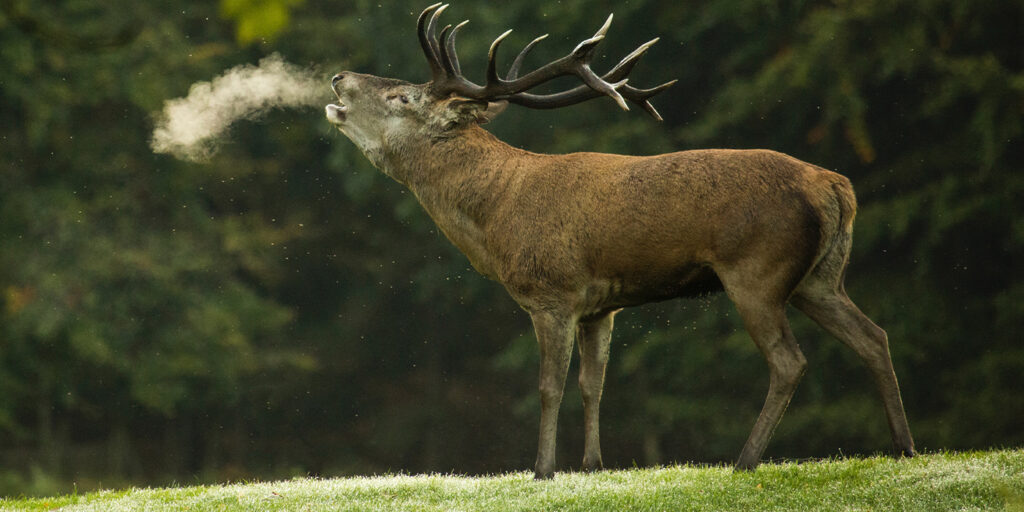
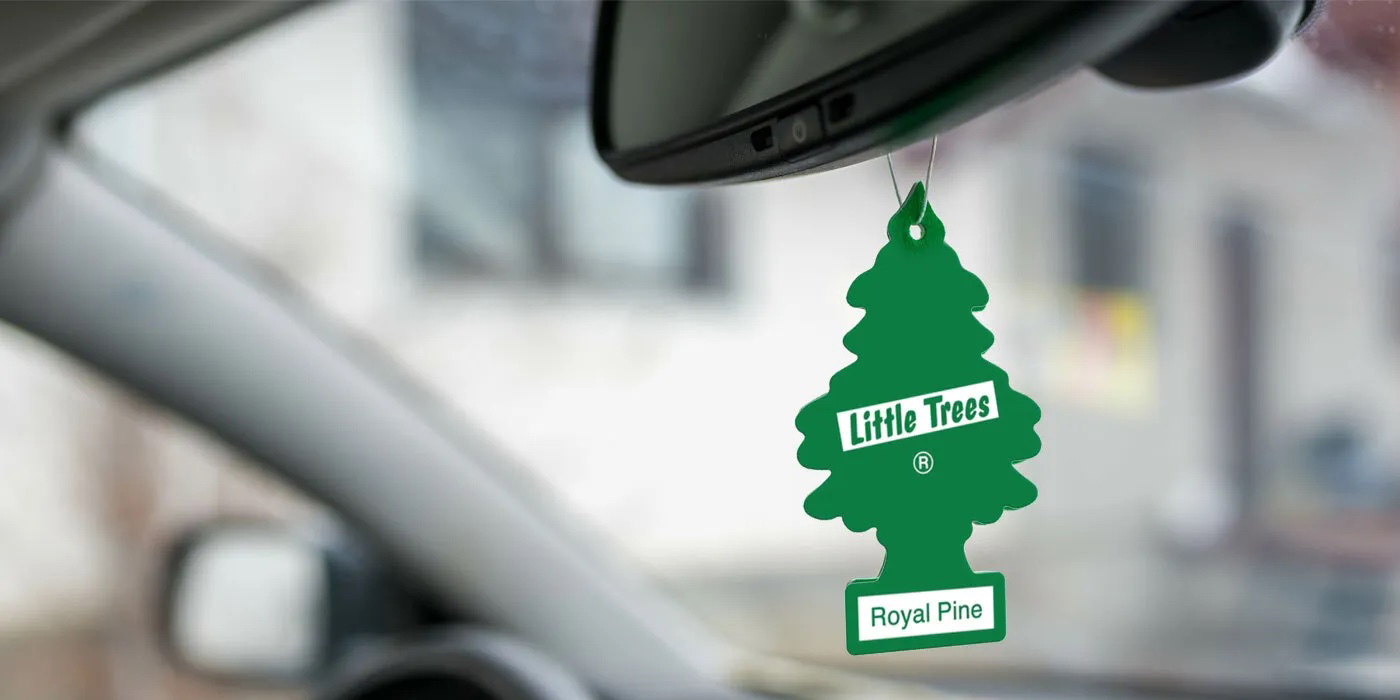



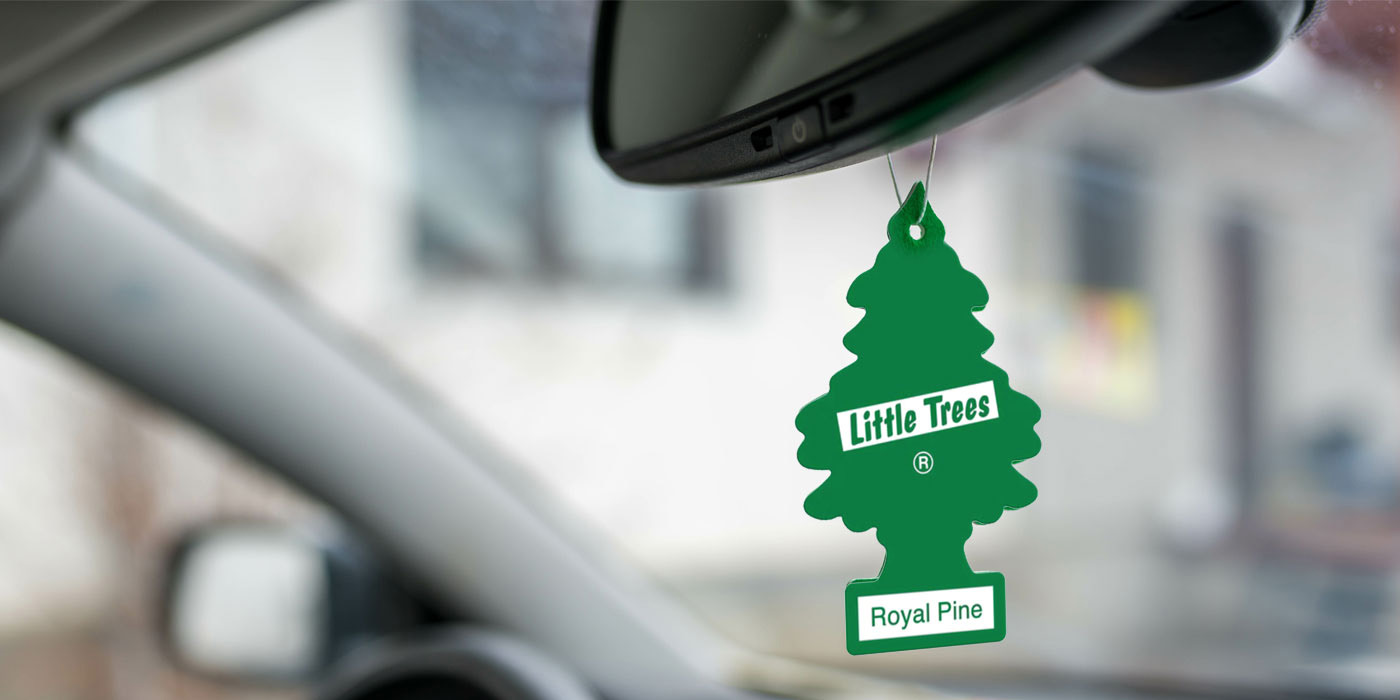
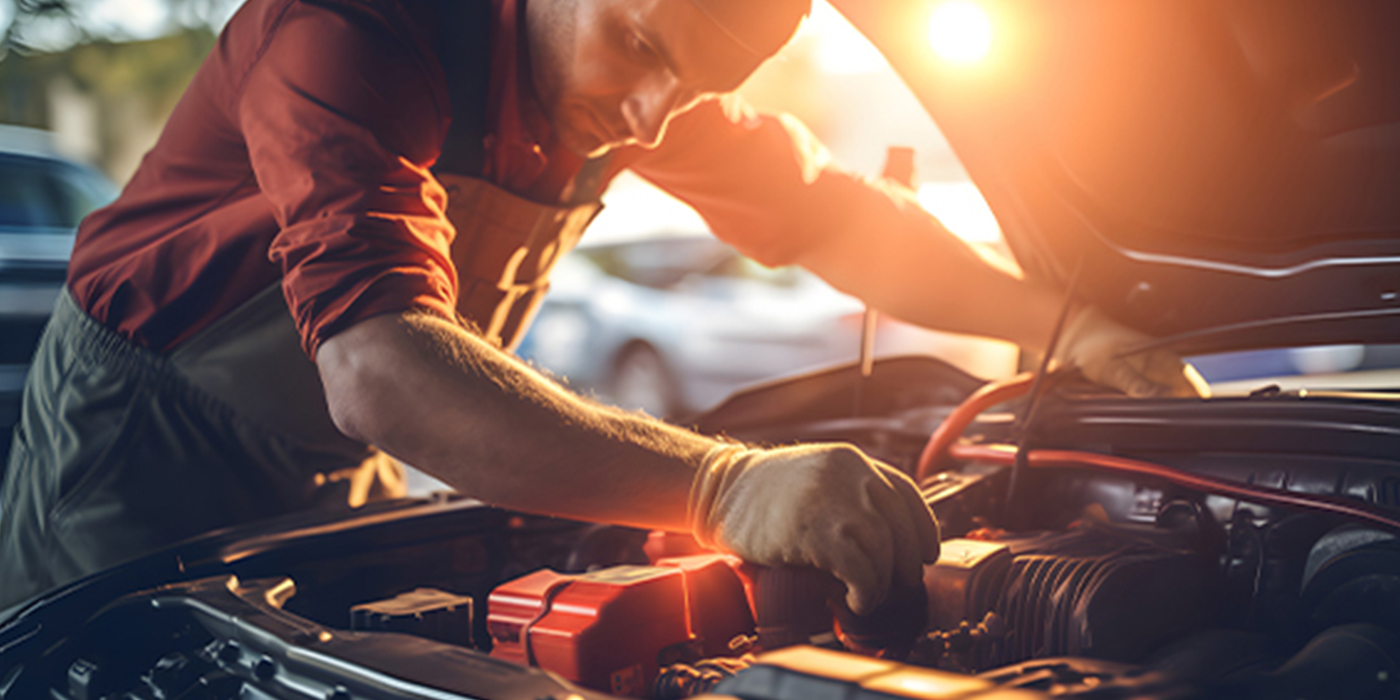


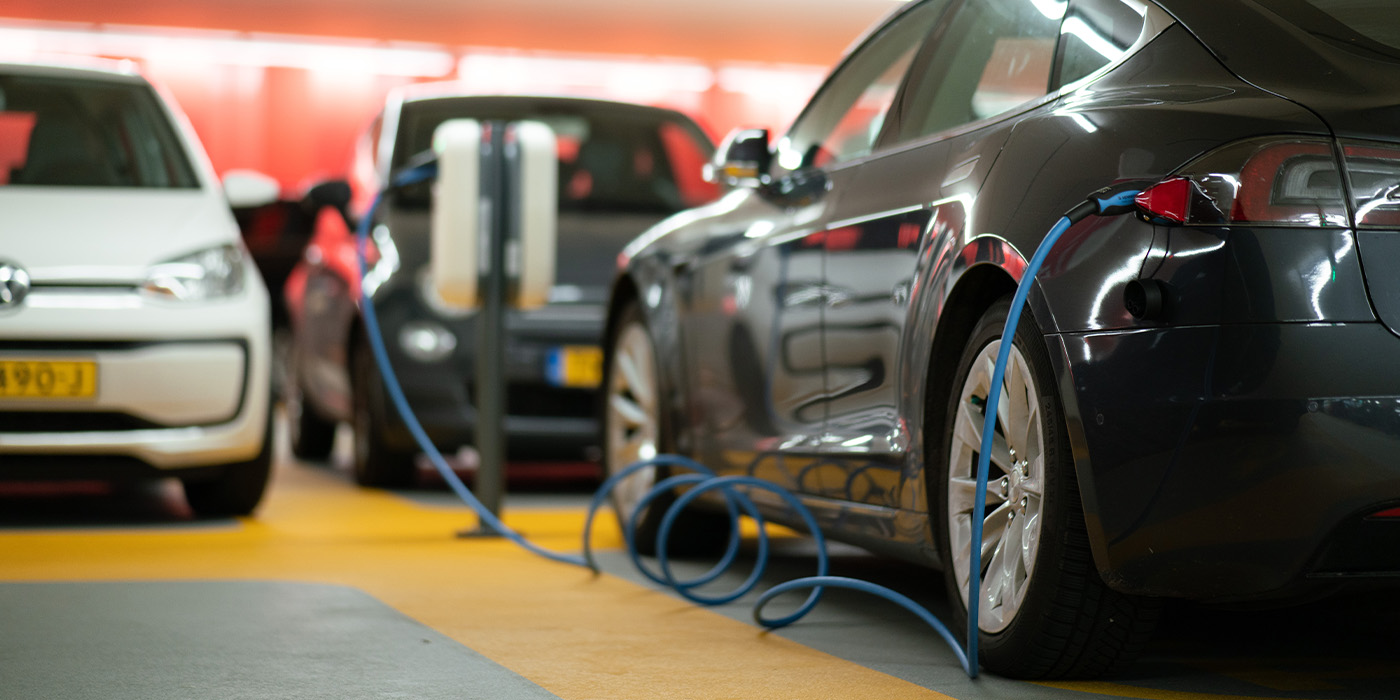


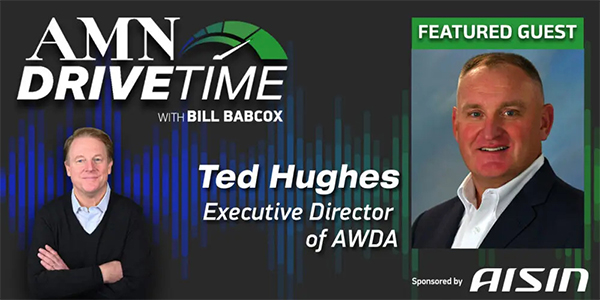
I once worked with a Romanian technician named Alex. He was a tiny guy who chain-smoked. His greatest fear was not a totalitarian dictator. It was fire and falling cars.
Back in those days, we used drop lights with incandescent bulbs. This was long before LEDs and rechargeable batteries. The bulbs would typically stop working when they were lightly jostled. If they were dropped, the glass bulb would shatter.